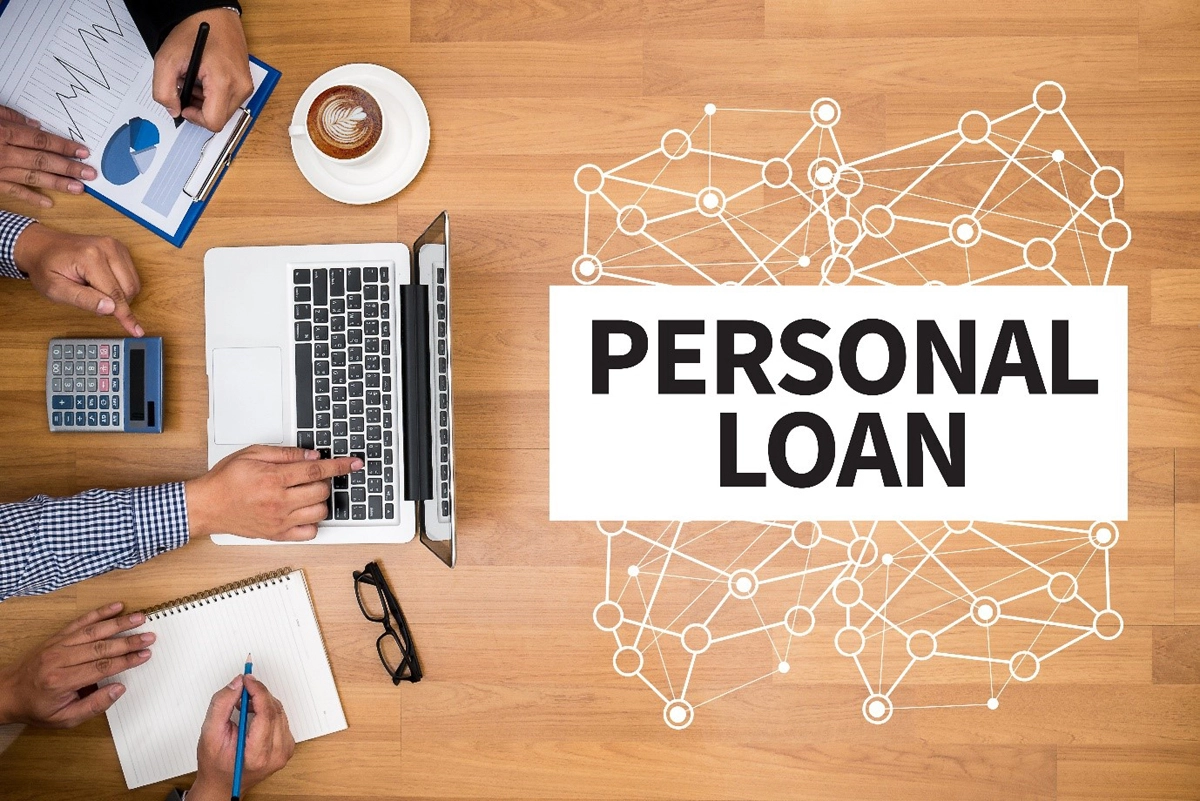In today’s digital-first world, applying for personal loans online has become increasingly common. With just a few clicks, you can compare lenders, check rates, and submit applications from the comfort of your home. But as convenience rises, so do concerns about data security. Is your sensitive financial information truly safe when you apply for personal loans online?
This comprehensive guide dives into the risks, safeguards, and best practices you need to know to protect your data while securing the financing you need.
Why Data Security Matters When Applying for Personal Loans Online
When you apply for personal loans online, you’re required to provide a significant amount of personal and financial information. This typically includes:
- Full name and contact details
- Social Security number
- Employment history and income
- Bank account and routing numbers
- Credit history and credit score
- Monthly expenses and debt obligations
This data is a goldmine for cybercriminals. If intercepted or mishandled, it can lead to identity theft, financial fraud, or unauthorized access to your accounts. That’s why understanding how your data is protected—and what red flags to watch for—is essential.
How Reputable Lenders Protect Your Data
Not all online lenders are created equal. Reputable lenders investing in secure platforms take multiple steps to protect your information. Here’s what to look for:
🔐 1. SSL Encryption (HTTPS)
Always check that the lender’s website uses HTTPS (not HTTP) in the address bar. The “S” stands for “secure,” indicating that the site uses SSL (Secure Sockets Layer) encryption to protect data in transit. Look for the padlock icon next to the URL as a visual cue.
🛡️ 2. Secure Data Storage and Compliance
Top-tier lenders comply with industry standards such as:
- SOC 2 Type II Certification – Ensures data handling meets strict security benchmarks.
- GLBA (Gramm-Leach-Bliley Act) – Requires financial institutions to explain their information-sharing practices and safeguard sensitive data.
- PCI DSS Compliance – If payment processing is involved, this standard protects cardholder data.
🧩 3. Multi-Factor Authentication (MFA)
Secure platforms often require multi-factor authentication during login or application submission. This adds an extra layer of protection beyond just a password—such as a text code, email confirmation, or biometric verification.
🔍 4. Regular Security Audits and Penetration Testing
Established lenders conduct regular security audits and penetration tests to identify vulnerabilities before hackers can exploit them.
Common Data Risks When Applying for Personal Loans Online
While many lenders are trustworthy, the online lending space also attracts less reputable players. Here are the top risks to be aware of:
⚠️ 1. Phishing Scams and Fake Lenders
Scammers often create fake websites that mimic legitimate lenders. They may use names similar to well-known banks or financial institutions to trick users into submitting personal data.
Red Flags:
- Poor website design or spelling errors
- No physical address or contact information
- Requests for upfront fees before loan approval
- Pressure to act immediately
⚠️ 2. Data Sharing Without Consent
Some online lenders partner with third-party lead generators or marketing affiliates. In such cases, your information may be shared widely—even with lenders you didn’t intend to apply with—unless you’ve given explicit consent.
Always read the privacy policy to understand how your data will be used and whether it will be sold or shared.
⚠️ 3. Weak Password Policies and Insecure Logins
If a lender doesn’t enforce strong password requirements or lacks MFA, your account could be vulnerable to brute-force attacks or credential stuffing.
How to Protect Your Data When Applying for Personal Loans Online
You don’t have to avoid online lending altogether—just take proactive steps to safeguard your information. Follow these best practices:
✅ 1. Research the Lender Thoroughly
Before applying, verify the lender’s legitimacy:
- Check reviews on trusted sites like the Better Business Bureau (BBB), Trustpilot, or Consumer Affairs.
- Confirm they are registered with the state and regulated by the CFPB (Consumer Financial Protection Bureau).
- Search for any complaints or scam alerts online.
✅ 2. Use a Dedicated Device and Secure Network
Avoid applying for personal loans online over public Wi-Fi. Instead, use a private, password-protected network. Also, ensure your device has up-to-date antivirus software and a firewall.
✅ 3. Limit Information Sharing
Only provide the information required for the application. Avoid oversharing details that aren’t necessary, such as your full SSN, until you’re confident in the lender’s credibility.
✅ 4. Review Privacy Policies and Consent Forms
Take time to read the lender’s privacy policy. Look for clear language about:
- What data is collected
- How it’s stored and protected
- Whether it’s shared with third parties
- Your rights to access or delete your data
Opt out of data sharing when possible.
✅ 5. Monitor Your Credit and Financial Accounts
After applying, keep an eye on your credit reports and bank statements. Unauthorized inquiries or transactions could indicate fraud. Consider placing a credit freeze or fraud alert if you suspect a breach.
What to Do If You Suspect a Data Breach
If you believe your information has been compromised during a personal loans online application, act quickly:
- Freeze your credit with the three major bureaus (Equifax, Experian, TransUnion).
- Report the incident to the Federal Trade Commission (FTC) at IdentityTheft.gov .
- File a complaint with the CFPB at consumerfinance.gov/complaint .
- Change passwords and enable MFA on all financial accounts.
- Alert your bank and credit card issuers to monitor for suspicious activity.
The Bottom Line: Safety First with Personal Loans Online
Applying for personal loans online offers unmatched convenience, speed, and accessibility. However, your data security should never be compromised for the sake of convenience.
By choosing reputable lenders, understanding their data protection practices, and following smart online safety habits, you can confidently apply for loans while minimizing risk.
Remember: If a deal seems too good to be true, or the lender doesn’t prioritize your privacy, walk away. Your financial future—and personal information—are worth protecting.
Frequently Asked Questions (FAQs)
Q: Do all online lenders steal your data?
A: No. Many reputable lenders use advanced encryption and compliance protocols to protect user data. Always verify the lender’s credibility before applying.
Q: Is it safe to enter my SSN online?
A: It can be safe—if you’re on a secure, encrypted site from a trusted lender. Avoid entering your SSN on unverified or non-HTTPS websites.
Q: Can I get a personal loan online without sharing sensitive data?
A: Some lenders offer pre-qualification with a soft credit check, which doesn’t require your full SSN or bank details upfront. Use this option to compare offers safely.
Q: How can I tell if a loan website is fake?
A: Look for HTTPS, a professional design, contact information, BBB accreditation, and consistent online reviews. Run a quick web search for scam reports.
Final Thoughts
The digital lending landscape is evolving rapidly, and so are the threats to your personal data. As you explore options for personal loans online, prioritize lenders who are transparent, secure, and compliant with privacy regulations.
Stay informed, stay cautious, and make data safety a non-negotiable part of your borrowing journey.


